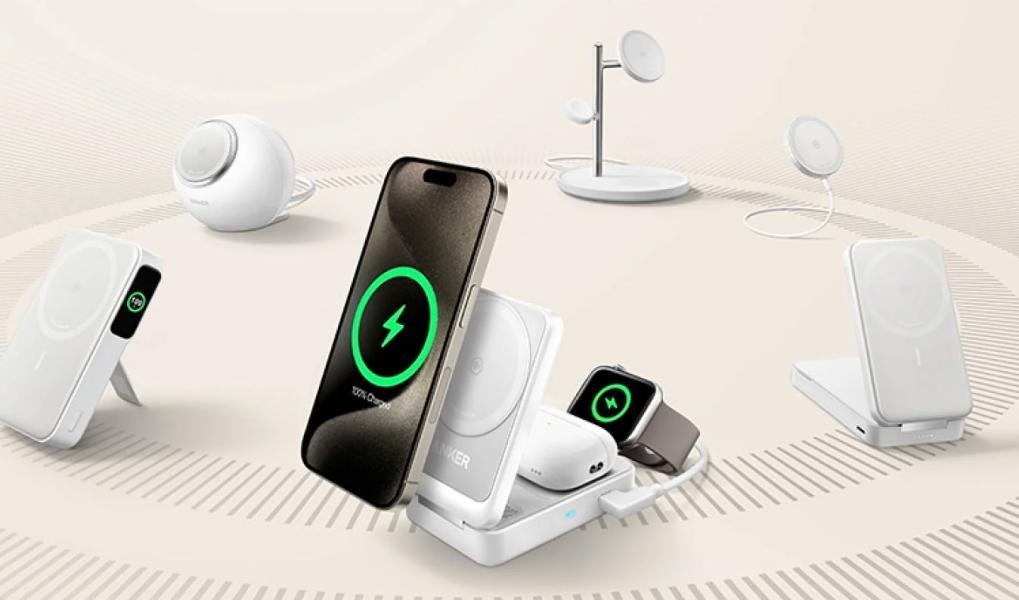MagSafe is a version of wireless charging technology that you find in ordinary smartphones. However, you only find MagSafe technology on Apple devices, particularly iPhones. This is probably the biggest difference that you will find when comparing magsafe and standard wireless charging. MagSafe is a trademark product of Apple. It is also patented, meaning other companies are not allowed to imitate the technology utilized by the brand. As you read this article, you will dive deeper into the details regarding the differences between MagSafe and typical wireless charging.
Contents
MagSafe and Standard Wireless Charging: Definition and Differences
MagSafe
As mentioned earlier, the magsafe term can only be used by Apple. The technology is also patented by the company, which means that anyone who replicates the same style and process of MagSafe will be reprimanded. MagSafe is the wireless charging technology applied by Apple to iPhones. This kind of wireless charging technology has become the brand’s standard due to significant breakthroughs in the usage of magnets to keep the device attached to the Apple charger. Charger manufacturers such as Anker have applied for certification from Apple so that they can use the same technology for their products as accessories to iPhones. MagSafe is an excellent innovation from Apple.
Standard Wireless Charging
Every non-Apple product that utilizes wireless charging technology can coin the term for its application on their mobile devices. This is due to the fact that the innovation of wireless charging is from an open source, particularly, the Wireless Power Consortium. You may have encountered the term Qi before. This is used in product descriptions to describe wireless charging technology for phones, earbuds, and even smartwatches. It is the advancement in wireless charging technology that can be found in many of the mobile devices that are now available on the market. Qi has gained popularity with manufacturers due to the notable enhancements it provides.
Differences
Although devices with wireless charging capabilities can be made by third-party manufacturers, only Apple products have certain MagSafe charging features. MagSafe chargers and accessories can consistently provide 15W power for charging. This is a guarantee for iPhones, which speeds up the battery life restoration, compared to standard wireless charging. Companies must first receive certification from Apple before they can claim that their chargers are MagSafe compliant. The standard wireless charging technology comes from an open platform. This means that anyone may use it, which benefits more companies. In a sense, MagSafe secures the technology and narrows the target of innovation for better improvement.
Benefits
Products that use wireless charging technology have generally improved user lives. It has provided convenience to people because of the elimination of a power cord. You just need to place the phone on a charging pad to charge your devices. The generation of a magnetic field to create a power transfer is an innovation that paved the way for better advantages in the future. As wireless charging technology is being used every day, more advancements in the technology will be experienced by tech users worldwide. Charging speeds will be faster, and efficiency will be higher.

Conclusion
Ultimately, the availability of standard wireless charging technology and magsafe has benefited consumers. Wireless charging changes the charging landscape for tech manufacturers around the world. The technology is now being incorporated into flagship phones. This innovation can eventually lower the prices for the use of technology and make it more accessible to the public. MagSafe is a technology that caters to a focused market to alleviate problems and remove possible hindrances in wireless charging. Apple users can anticipate improved performance and functionality from this technology. These enhancements can also include improved device compatibility, quicker charging periods, and higher efficiency.




